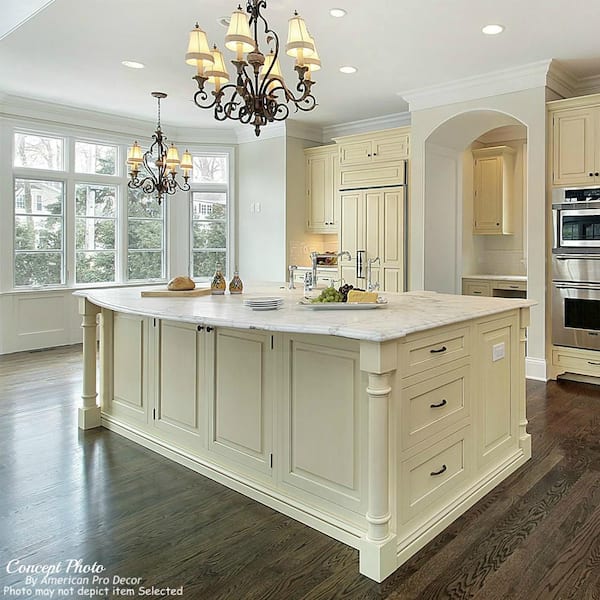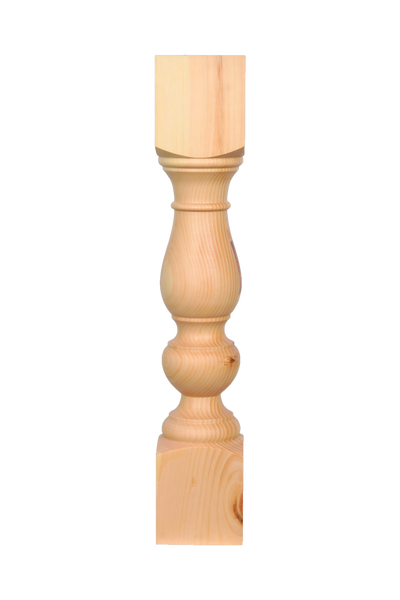Change Your Kitchen with Lovely Kitchen Island Legs
Change Your Kitchen with Lovely Kitchen Island Legs
Blog Article
Important Tips for Choosing the Perfect Eating Table for Your Cooking Area
Picking the excellent eating table for your kitchen area is more than simply an issue of preference; it requires a detailed understanding of your room and requirements. Begin by measuring your available space to guarantee ample clearance for movement. The form of the table plays a critical duty; while rectangle-shaped tables fit larger areas, rounded ones foster intimacy, and extendable options offer versatility. Product option is equally essential, with hardwoods supplying durability and glass borrowing a contemporary touch. The table must integrate with your kitchen area's aesthetic appeals and accommodate your household comfortably. What various other elements might affect this essential choice?
Measure Your Area
Selecting the suitable eating table starts with a meticulous evaluation of your readily available space. This foundational step guarantees that the table not just fits comfortably within the space but also enhances the total design and performance of your eating area.
Take into consideration the circulation of movement around the table. It is crucial to leave adequate room for chairs to be taken out and for individuals to move the table without obstruction. A general guideline is to allow at least 36 inches of clearance from the edge of the table to the closest wall or piece of furniture. This ensures ease of access and convenience throughout meals.
Furthermore, think of the number of people you commonly delight and whether you need additional room for guests. Selecting an extendable table can give flexibility, enabling you to fit differing numbers of restaurants. By precisely gauging your room, you lay the foundation for choosing an eating table that improves both the looks and functionality of your eating location.
Choose the Right Shape

On the other hand, round tables are exceptional for smaller sized kitchens or intimate celebrations, as they promote discussion by allowing everybody to encounter each other. They likewise provide a feeling of coziness and can fit well in tighter areas as a result of their lack of sharp corners. Oblong tables supply the most effective of both worlds, integrating the size of rectangle-shaped tables with the intimacy of round ones, making them versatile for different setups.
Square tables are an additional choice, especially suited for square-shaped rooms. They create a contemporary and balanced look, promoting an equivalent dining experience for all seated.
Material Considerations
When selecting an eating table, product considerations are paramount in determining the table's longevity, maintenance demands, and total aesthetic. Timber is a traditional selection, using timeless charm and effectiveness.
Glass-topped tables supply a modern, smooth look and can make a space appear bigger due click to find out more to their transparency. They call for frequent cleansing to prevent finger prints and spots. In addition, tempered glass is recommended for its additional toughness and security.

Finally, composite materials like MDF (Medium-Density Fiber board) or plywood are affordable choices. These products can imitate the appearance of strong wood yet may not use the exact same durability. They are generally less complicated to tidy but can be at risk to water damage otherwise appropriately secured.
Eventually, the choice of product ought to straighten with your kitchen area's style, your way of life requires, and your spending plan constraints. (kitchen island legs)
Seating Capability and Convenience
Just how do you identify the appropriate seats ability and comfort for your eating table? This vital step includes assessing both the physical room available in your cooking area and your home's useful needs. Begin by determining your kitchen location to guarantee the table fits easily, allowing at the very least 36 inches of clearance around it for very easy movement. Think about the variety of people who usually eat together, as this will affect the table dimension. For a family of four, a rectangle-shaped table of 48 inches long or a round table with a 48-inch size is typically adequate.
The elevation of the table must preferably be around 30 inches, giving a well balanced ergonomic position for seated diners. Chairs ought to have a seat height of 18 to 20 inches to guarantee a comfortable dining posture.
Style and Aesthetic Appeal
Choosing a table that suits your style and looks entails stabilizing individual taste with the existing design of about his your dining room. The eating table is frequently the centerpiece of the kitchen, and its layout must complement the general theme of the room. Whether your kitchen area boasts a modern, minimal appearance or a rustic, farmhouse charm, the table you choose need to balance with these elements to create a cohesive and welcoming environment.
Consider products very carefully; wood supplies an ageless appeal and can range from abundant mahogany for a conventional seek to lighter oak for a modern feel. Steel and glass tables, on the other hand, can present a sleek, industrial edge to your kitchen. Do not neglect the table's shape-- rectangular tables are versatile and traditional, while round and oval choices can cultivate a more intimate eating experience.
In addition, pay close interest to surfaces and information. A distressed surface could include character and warmth, whereas a glossy surface area can contribute to a tidy, contemporary visual. Eventually, your eating table ought to not only in shape flawlessly right into your kitchen area's layout yet likewise mirror your personal style, raising the space both functionally and visually.
Conclusion
In verdict, choosing the suitable eating table for a cooking area requires mindful assessment of area, shape, material, seating capacity, and visual harmony. Inevitably, a well-chosen eating table cultivates a welcoming atmosphere and fits the family comfortably, thus improving the dining experience.

When picking a dining table, material factors to consider are paramount in determining the table's longevity, upkeep requirements, and total visual. For a family members of 4, a rectangle-shaped table of 48 inches long or a round table with a 48-inch diameter is usually enough.
Do not neglect the table's form-- rectangular tables are versatile and timeless, description while round and oblong options can foster a more intimate eating experience. kitchen island legs.
Report this page